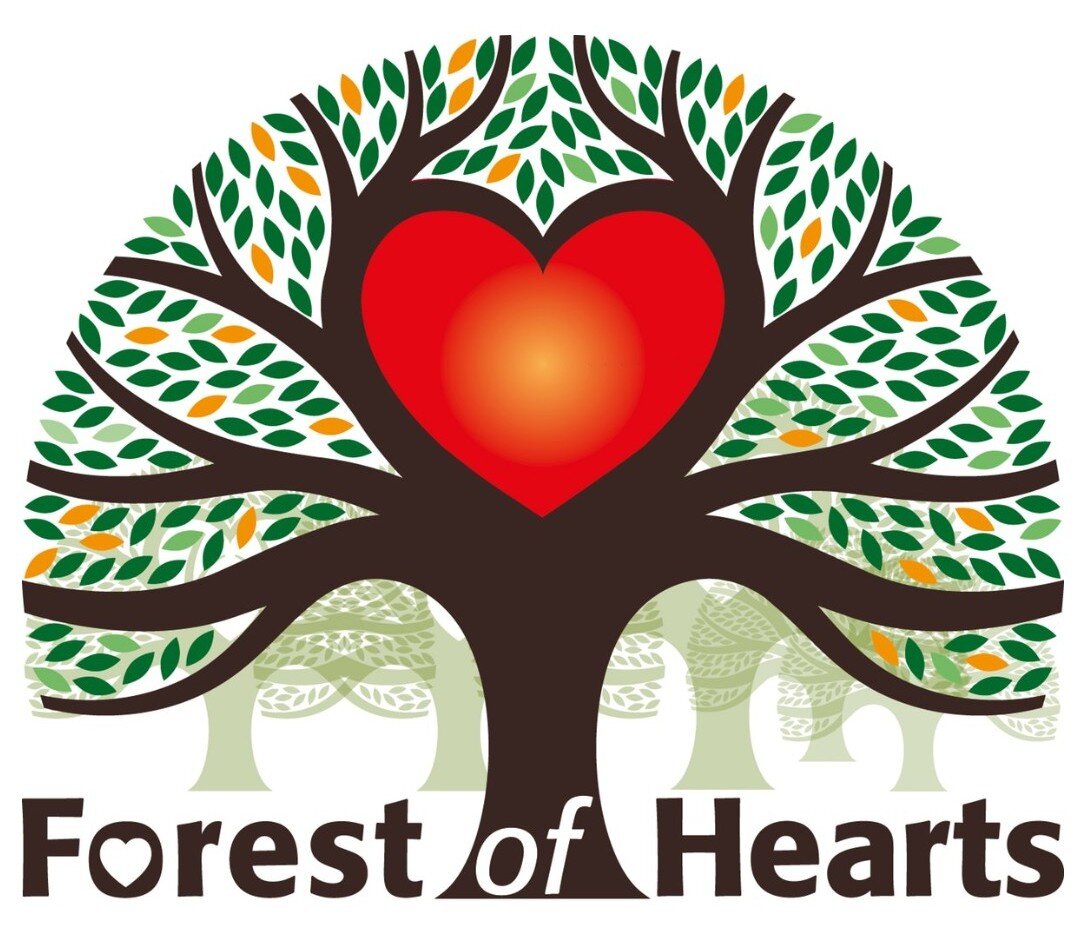November Plant of the Month: Common Hazel - Corylus Avellana
Origins and history
Corylus Avellana, or hazel, is a tree that is part of the birch family and native to the UK. It grows across much of Europe, western Asia, and parts of North Africa.
Hazel has been used in hedges in the UK for thousands of years and the woody shrub makes up part of ancient hedgerows from the Bronze era.
The hazel tree has historically been very useful because its size can be controlled by coppicing, which means cutting it down to ground level so it can regenerate, and then using the wood for fuel and as building material (such as in thatched roofs). When they are coppiced, hazels can live for several hundred years, which is longer than their lifespan without coppicing (about 80 years).
Appearance
Without coppicing, the hazel tree can grow quite tall (up to 12m) but it is rare to see hazels that haven’t been coppiced in the UK. Instead, they usually look like low-spreading shrubs with straight stems. In spring and summer, they have bright green oval leaves which are hairy to touch.
In late winter and early spring, they have yellow catkins that hang in clusters before their leaves grow. In winter, hazel can be recognised by its nuts, which are held in leafy husks.
Nutritional and medicinal properties
Hazelnuts, also known as cobnuts and filberts (depending on the species), are a good source of protein, fibre, and antioxidants. You can mix them with caramel to make praline. Hazelnuts were traditionally used in medicines to prevent memory loss. In the UK, we now import most of the hazelnuts that we eat.
Planting and Growing
It is good to plant hazel, like a lot of other trees, during the dormant season (late autumn to early spring). To get plenty of nuts, they need to be planted in groups as they are not self-pollinating. Ideally, plant them in a sunny spot which is sheltered from the wind.
You can also grow from seed by collecting the nuts in autumn, removing the husks, and putting them in moist compost in your fridge (to mimic the cold outside). In winter, you can plant them in pots.
Why we are planting hazel at the Forest of Hearts…
Wildlife and biodiversity benefits
As they are native shrubs, they are incredibly beneficial to wildlife in the UK. Coppiced hazel is great shelter for ground-nesting birds. A lot of moth caterpillars (such as the large emerald and the nut-tree tussock) rely on hazel leaves. Hazelnuts, along with these caterpillars, are an important food source for the dormouse. Lots of birds (such as nuthatches and woodpeckers) and other mammals (such as wood mice and foxes) eat hazelnuts. Bees like to snack on the pollen on the catkins.
Sustainability benefits
The wood from coppiced hazel is long and straight and can be used for fencing and to make frames for growing vegetables. Using these poles is much better for the environment than importing bamboo canes.
Carbon sequestration
In one study based in Italy, hazelnut orchards have been shown to sequester more carbon dioxide than other orchards such as apple and citrus. Carbon stocks in hedgerows have been found to be comparable to those in forests so making hedgerows is a good strategy for capturing carbon in areas where there is less space.
Propagation (or Layering)
In Spring, take a young stem of hazel (around one-year old) which is growing from the base of the tree and bend it into the ground. Cover it with soil where it meets the ground and it will start to grow roots. Once it’s established, you can cut the stem away and form a new tree.

